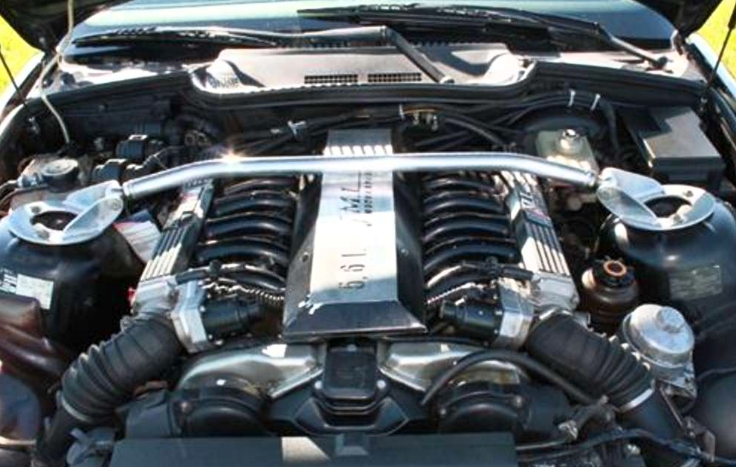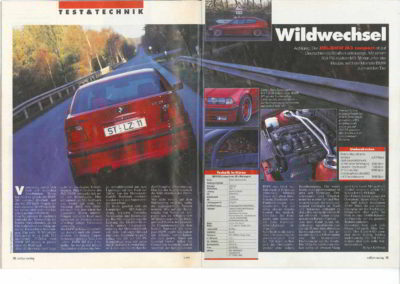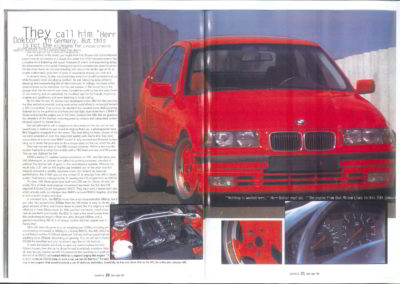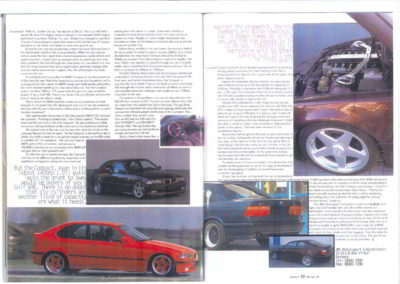OUR PROJECTs

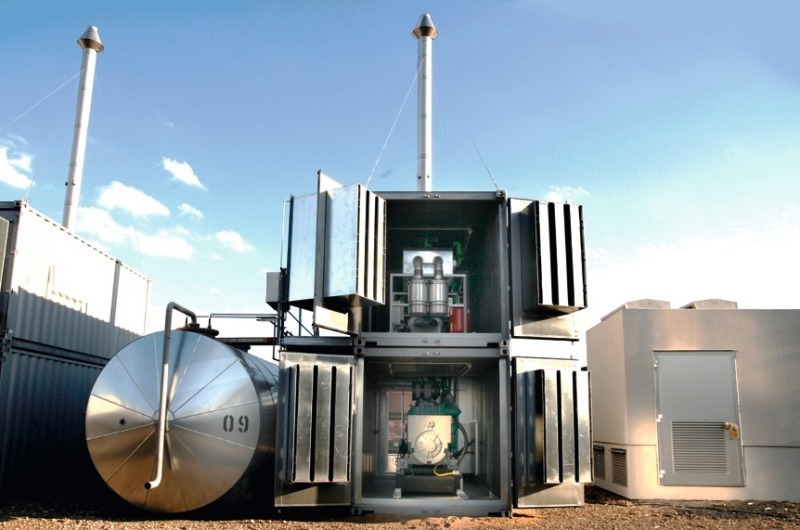
Power generation – Kraftwerk
A “bumblebee” – the name for a single unit – achieves an efficiency of over 90 percent thanks to the efficient cogeneration. Conventional large-scale power plants reach a maximum of 45 percent. The higher efficiency of CHP units alone leads to less energy consumption from large power plants and thus significantly reduces carbon dioxide emissions, harmful to the climate. The engines burn the biogenic fuel so clean that practically no more measurable pollutants can escape, proved by the measurements of an independent environmental institute from Mönchengladbach. The result was made possible by a new engine management system and exhaust gas aftertreatment technology.
“Bumblebees” produce white energy. That are the first basic load-capable combined heat and power plants using exclusively biogenic raw materials – from an economic point of view and without polluting the environment. The result is now on in Neuss Harbor: The world’s first base load-capable combined heat and power plants with a total of 12 MW electrical and 12 MW thermal output. Base load capacity means that a constant minimum output of energy must always be generated.
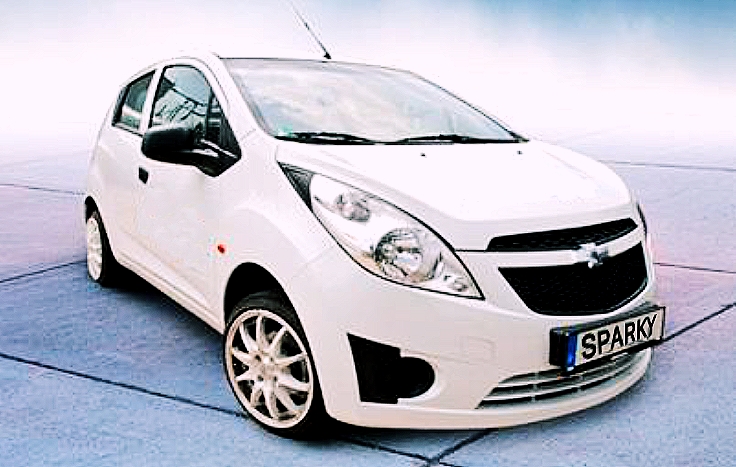
Electric Car – Sparky
A vehicle that is light without being spartan and that can also be operated as an electric car regardless of a power outlet. The prototype based on a Chevrolet “Sparky” is already on the streets of New York. It looks cute, because cars are also emotions. The “Sparky” has a micro generator under the hood that also burns fried fat.
- – Development without funding
- – Weight less than 1000 kilograms
- – Tank (for micro generator) 20 liters
- – Range around 1300 kilometers in an electro-organic mix.
- – Power 40 KW (about 52 HP)
In terms of range, instead of giving “continuous current” to the drive and thus wasting 40 percent of the energy from the batteries by heating the coil, our technology relies on a ticking signal that interrupts the current flow up to 60 times per second. Consequence: The warming remains less. The range of his Sparky is therefore already up to 240 kilometers. We can breaking new ground when it comes to charging cycles with a micro generator, a “bumblebee” on a small scale. This two-cylinder engages when the battery is empty and recharges it while driving. After an hour there is enough power in the battery so that the Sparky can roll 200 kilometers with an electric drive.
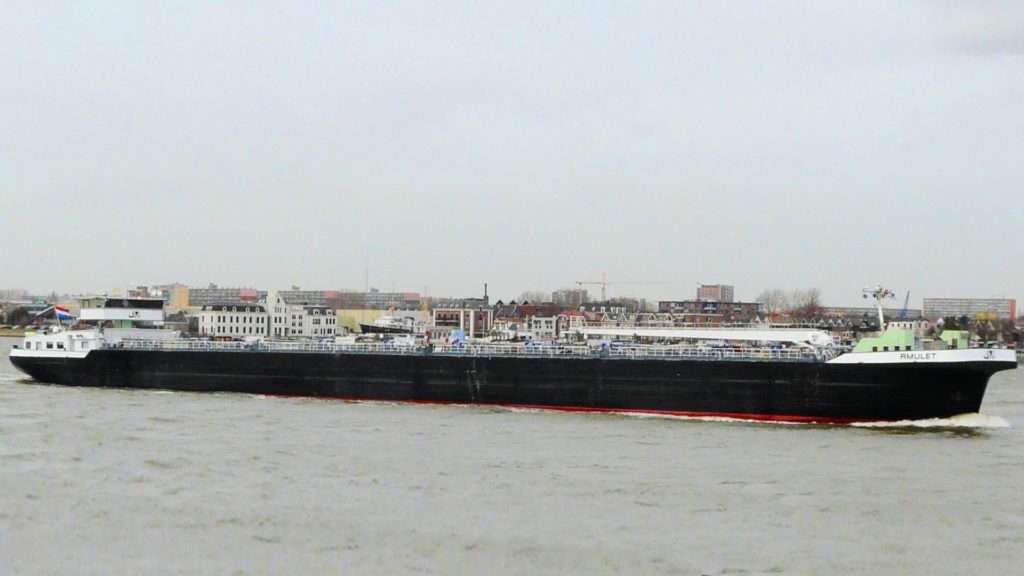
Ship catalyst – Tankschiff Amulett
- – GREEN AWARD
- – SUSTAINABLE SHIPPING AWARD 2011
- – Regional Environmental Protection Contribution 2011 Finalist
- – Mercedes Benz BLUE EFFICIENCY AWARD 2011
- – KNVTS (Netherlands Institution of Marine Engineers) SHIP OF THE YEAR 2010
We equipped the “Amulet” inland Dutch tanker with with a modified SCRT (Selective Catalytic Reduction Technology) exhaust gas cleaning system. This makes the 135-meter-long ship not only the first diesel-electric tanker in the Rhine region, but also the lowest-emission in its class in Europe. The emissions of nitrogen oxides in the four diesel engines, each with a capacity of around 500 kilowatts, were reduced by around 67 percent.
This result is comparable to a result of 70 percent below the Euro 5 standard for heavy diesel commercial vehicles. Even more decisive for diesel engines is the turbidity of the exhaust gas caused by soot, the so-called K-value. A turbidity value of only 0.05 (currently permitted maximum: 2.5) was determined for the Amulet, which would already meet the Euro 6 standard today. The measurements were carried out by an independent partner from TÜV Rheinland. The technical basis of the catalyst modified is the so-called selective catalytic reduction. This means that the reduction of emissions is achieved by a combination of highly efficient diesel particulate filters, pollutant-reducing urea and an associated, temperature-dependent chemical reaction.
The basic system of the catalytic converter was modified and individually adapted to the special requirements of a tanker operating in international waters. The engineers installed the entire system in two steel containers above the machine room. The compact and space-saving design of the entire system is particularly striking.
